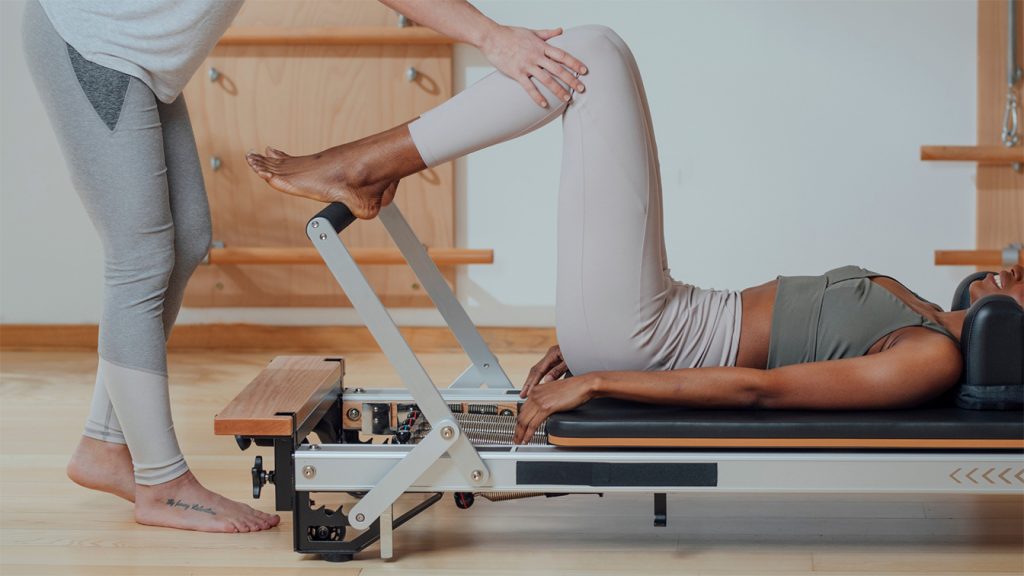Chronic posterior heel pain (Plantar Fasciitis) on its own, is not a serious condition – the problem is it can become quite uncomfortable and prevent you from exercising. Painful feet, that discourage you from moving / or maintaining an active lifestyle can be a much bigger problem.
This article takes a deep dive into feet, we cover;
– Plantar Fasciitis – What exactly is it?
– How you can reduce your risk of heel pain
– What are your options if your foot pain doesn’t go away
– Our success with ‘Shockwave’ technology in clinic
– Happy feet – maintaining good health for your feet
What is Plantar Fasciitis?

Plantar fasciitis is usually the onset of foot and heel pain that is worse in the morning, during/or after exercise. The part of your foot that connects your heel bone to your toes (plantar fascia) becomes overstressed, causing micro-tears or inflammation.
For many of us, the soles of our feet are under constant stress throughout the day (which is ok – unless the stress becomes too much). Excess stress on our feet can happen when we’re in physically demanding jobs – on our feet for long periods of time, or if we have a high BMI, we participate in repetitive-movement activities such as distance running, or after prolonged rest due to injury or illness.
If you’ve just started to experience heel pain, we can apply simple load management strategies, supportive tape and assess what you wear on your feet, as good starting points.
Reducing your risk of heel pain
Symptoms may appear after an increase in weight-bearing activity (running, walking), vigorous activity, or simply increasing the time spent on your feet every day at work. Additional risk factors include a high body mass index.

If you’re experiencing sore heels you can make lifestyle changes to reduce your chance of developing chronic pain. While some of these risk factors are difficult to change, try to;
- Maintain a healthy weight, lighten the load on your feet.
- Consider what you are wearing on your feet.
- TEMPORARILY swap walking/running long distances > with a low-impact sport, such as swimming or cycling. Your feet will thank you.
- If you start to experience foot pain, apply ice to reduce tenderness and inflammation.
- Stretch! your arches.
What if your foot pain doesn’t go away?

At Fluid Physio we will assess your foot and provide an appropriate exercise program. Once the extent of your pain or problem has been determined, we can advise whether radial shockwave treatment can help you. Radial shockwave is best suited for pain that has been present for six weeks and longer (‘chronic’ pain). Clients feel significant improvements in their pain and function after shockwave therapy. We achieve the best results for our clients when we provide a tailored lower limb-loading program / with relative rest, and where appropriate, radial shockwave therapy with supportive tape.
What is Radial Shockwave Therapy?
Dolorcast Radial Shockwave Therapy is a non-invasive, simple, and effective solution to painful feet due to its ability to help relieve the discomfort by loading the tissue, (even when the problem has been persisting for years).
How does it work?
Acoustic wave pulses are delivered via an applicator, which is placed on the surface of your skin, around the area of the injury. The wave pulses emitted from the applicator reach the injured area beneath, leading to a cascade of benefits including:
- an analgesic effect after treatment
- prolonged activation of C nerve fibres (which in turn decreases pain)
- stimulate collagen production
- dissolve calcium build-ups
- release trigger points
Generally, the effects of radial shockwave therapy help facilitate the body’s tissue adaption to force/load and often ‘reboot’ the reparative process for those that have had pain or problems for years. As the injured area adapts to load, and healthy function is restored, and pain is relieved over the long term.
What are the benefits?

The good news is the benefits of radial shockwave begin from the first treatment, we expect that your pain and symptoms (both during the treatment and afterward) will continue to decrease week after week. We are able to pause the treatment at any time to adjust the settings to help you feel comfortable throughout each session. The treatment is non-invasive and does not require anaesthetic or medication.
The top 4 advantages of foot treating your feet using radial shockwave therapy:
- It’s fast and convenient! 10 to 20 minutes completes a treatment.
- It stimulates the body’s natural repair process.
- It can eliminate the need for injections or surgery.
- Long term relief from heel pain, gives you the freedom to move and recommence an active lifestyle.
At Fluid Phyiso + Gym we’ve been experiencing great success with radial shockwave therapy for our clients with plantar fasciopathy. We achieve the best outcomes for our clients when providing a tailored lower limb-loading program / with relative rest, and where appropriate, radial shockwave therapy with supportive tape. Long term relief from heel pain, gives you back the freedom to move and take part in the active lifestyle you love.
To find out more information on caring for your feet, call the clinic on 6646 3766 or to book online, simply click here. We are confident we can help you.
Book Your Gap-free Consult Online








About The Author: Fluid Physio
More posts by Fluid Physio